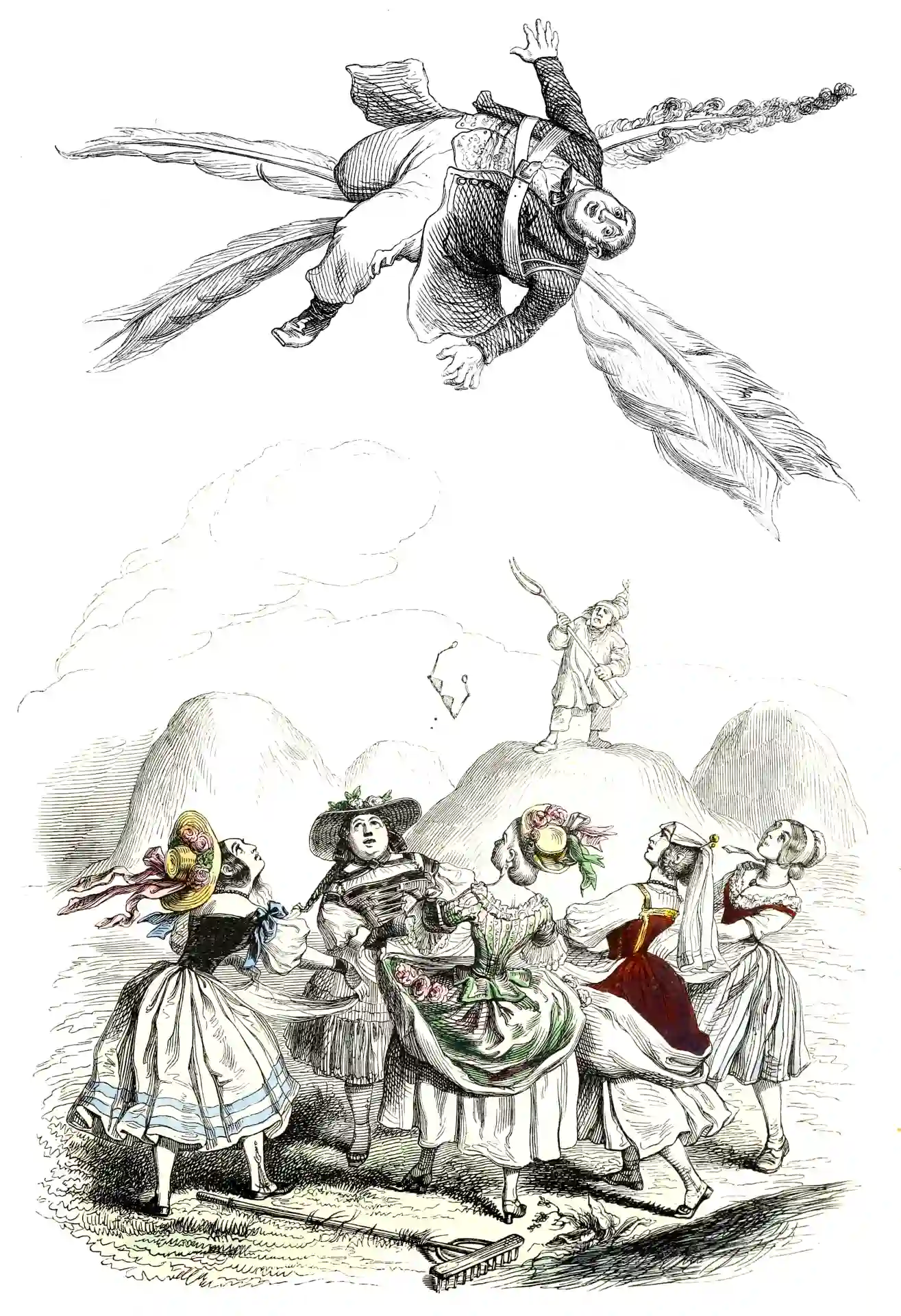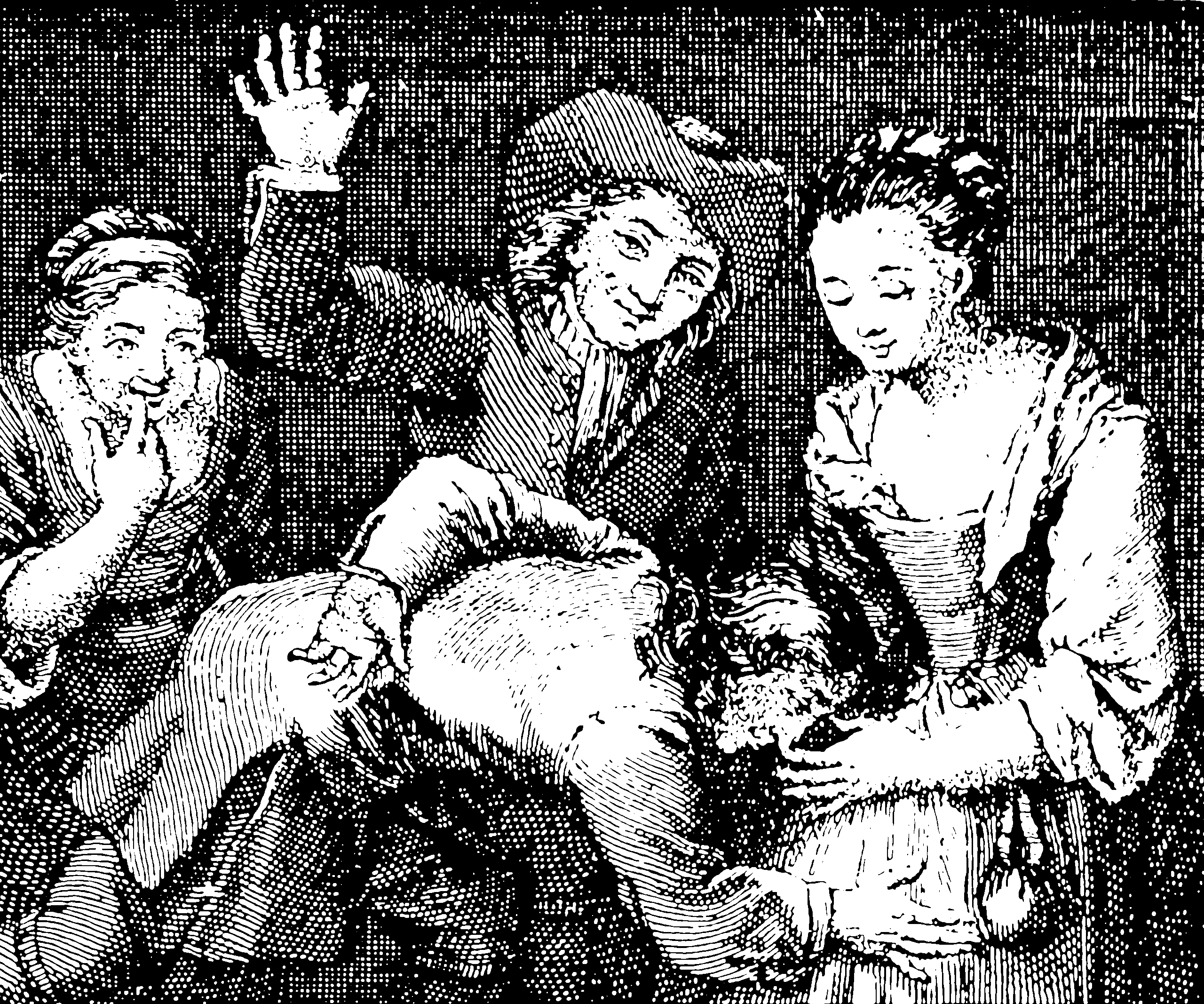Managing people
Making piece with the fact that I cannot do everything myself
2020-07-19 — 2022-08-29
Wherein the art of managing people is treated as a practical ledger, and the MOCHA regimen is laid out to require a single Owner and to delineate Manager, Consulted, Helper, and Approver roles.
Workplaces, some mixture of ideal teamwork and moral mazes. Links on how to manage people in them. Best practice for workplace power relations, with respect to mitigating moral mazes etc.
1 Useful models
…widespread involvement can generate greater buy-in and better outcomes, but it can also generate confusion about who is responsible for what. The “MOCHA” model can help managers more clearly articulate who should play what role throughout the course of work and thereby generate better results.
- MANAGER
- Assigns responsibility and holds owner accountable. Makes suggestions, asks hard questions, reviews progress, serves as a resource, and intervenes if the work is off-track.
- OWNER
- Has overall responsibility for the success or failure of the project. Ensures that all the work gets done (directly or with helpers) and that others are involved appropriately. There should only be one owner.
- CONSULTED
- Should be asked for input or needs to be bought into the project.
- HELPER
- Assists with or does some of the work.
APPROVER: Signs off on decisions before they’re final. May be the manager, though might also be the executive director, external partner, or board chair.
Managers can use a very simple table to make clear who is assigned to what role.
2 Communication styles
Try how to communicate.

